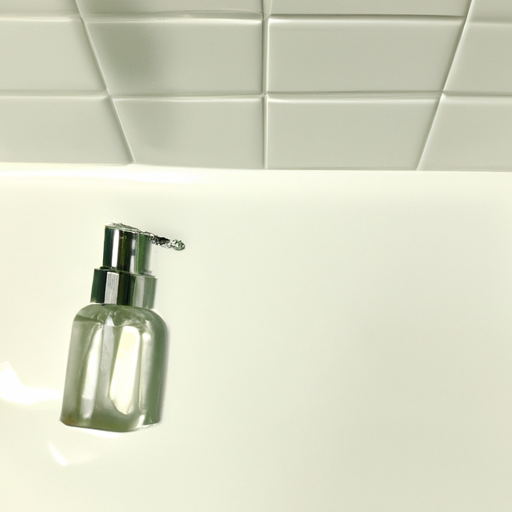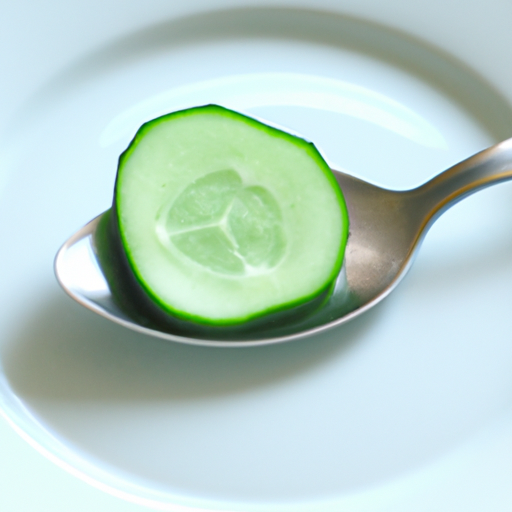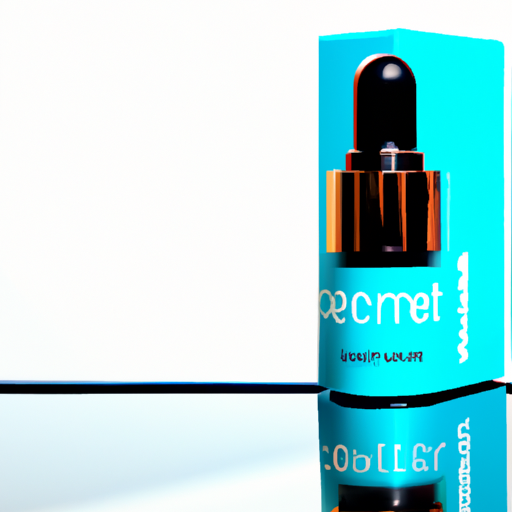In this article, we will explore the fascinating topic of the differences between men’s and women’s skin. From differing hormone levels to distinct genetic makeup, our skin’s characteristics can vary significantly based on our gender. Understanding these distinctions is crucial, as it can impact our skincare routines, product choices, and overall skin health. So, let’s embark on this enlightening journey to discover the unique traits that define men’s and women’s skin.
Table of Contents
ToggleSkin Structure
Epidermis
The epidermis is the outermost layer of the skin and acts as a protective barrier against the external environment. It consists of several layers of cells called keratinocytes. The epidermis is responsible for regulating moisture levels and preventing water loss from the skin.
Dermis
The dermis lies beneath the epidermis and provides structural support to the skin. It is composed of connective tissue, blood vessels, and nerve endings. The dermis contains collagen and elastin fibres, which give the skin its strength, elasticity, and firmness.
Subcutaneous Tissue
The subcutaneous tissue, also known as the hypodermis, is the innermost layer of the skin. It primarily consists of fat cells that provide insulation and cushioning to protect the internal organs. The subcutaneous tissue also helps regulate body temperature.
Hormonal Differences
Testosterone Levels
Men have significantly higher levels of testosterone compared to women. Testosterone is an androgen hormone that stimulates the production of sebum, the skin’s natural oil. Higher testosterone levels in men can lead to increased sebum production, which can contribute to oily skin and acne.
Oestrogen Levels
In contrast, women have higher levels of oestrogen. Oestrogen contributes to the overall thickness and hydration of the skin. It promotes collagen production, which helps maintain skin elasticity and reduces the appearance of fine lines and wrinkles.
Effects on Skin
The hormonal differences between men and women can affect various aspects of skin health. Men may experience more frequent breakouts due to increased sebum production, while women may have a more hydrated and supple skin texture due to higher oestrogen levels. These hormonal variations can influence the overall appearance and condition of the skin.
Collagen Production
Differences in Collagen Levels
Collagen is a key protein responsible for maintaining the skin’s strength and elasticity. Men generally have a higher collagen density compared to women, which contributes to their thicker and firmer skin. This higher collagen content makes men’s skin more resistant to signs of ageing, such as wrinkles and sagging.
Effects on Ageing
Due to the differences in collagen levels, men tend to have fewer visible signs of ageing compared to women. The extra collagen in men’s skin provides a supportive structure that diminishes the appearance of fine lines and wrinkles. However, it is important to note that both men and women experience skin ageing, and proper skincare routines are essential for maintaining healthy and youthful skin.
Sebum Production
Sebaceous Gland Activity
Sebaceous glands are responsible for producing sebum, a waxy substance that lubricates and protects the skin. Men generally have larger sebaceous glands and higher sebum production compared to women. This can result in oilier skin and a higher likelihood of clogged pores, leading to acne breakouts.
Effects on Acne
The increased sebum production in men makes them more prone to acne breakouts. The excess oil can mix with dead skin cells and bacteria, leading to the formation of pimples, blackheads, and whiteheads. Acne can affect both men and women, but men may experience more severe and persistent acne due to higher sebum levels.
Skin Thickness
Differences in Thickness
Men’s skin is typically thicker than women’s skin due to the higher levels of androgens, such as testosterone. The increased thickness of men’s skin provides additional physical protection against environmental factors and reduces the appearance of fine lines and wrinkles.
Skin Concerns
Women generally have thinner skin, which can make them more susceptible to damage from the sun, environmental pollutants, and even minor injuries. Thinner skin also means a higher risk of developing fine lines, wrinkles, and visible blood vessels. Adequate protection and skincare routines are crucial for maintaining the health and integrity of women’s thinner skin.
Melanin Production
Darker Skin Tones
Melanin is the pigment responsible for skin, hair, and eye colour. Darker skin tones produce more melanin, which provides natural protection against the sun’s harmful UV rays. This higher melanin production gives men with darker skin a greater resistance to sunburns and a lower risk of developing skin cancer.
Sun Protection
In contrast, individuals with lighter skin tones, including women, have less melanin production, making them more susceptible to sun damage. It is essential for people with lighter skin tones to apply sunscreen regularly, wear protective clothing, and seek shade to reduce the risk of sunburns, premature ageing, and skin cancer.
Skin Concerns
Women, especially those with fair skin, need to be more cautious about sun exposure as their skin is more prone to sun damage. Sunspots, uneven skin tone, and an increased risk of skin cancer are some of the potential concerns that women with lighter skin tones should be aware of and take appropriate measures to protect their skin.
Hair Growth
Facial Hair
One of the key differences between men and women is the presence of facial hair. Men experience facial hair growth due to the influence of androgen hormones such as testosterone. The hair follicles on a man’s face are more sensitive to testosterone, leading to the growth of a beard and moustache.
Body Hair
Men also generally have more body hair compared to women. Androgens stimulate the growth of hair in various parts of the body, including the chest, back, arms, and legs. Women typically have less body hair due to lower androgen levels, but individual variations are common.
Sweat Gland Activity
Differences in Sweat Production
Men generally have more active sweat glands compared to women. This results in higher sweat production, especially during physical activities or in hot environments. Men’s bodies have a higher heat tolerance due to the increased sweat production, allowing them to cool down more efficiently.
Body Odour
The higher sweat production in men can contribute to stronger body odour compared to women. Sweat itself is odourless; however, when combined with bacteria on the skin’s surface, it can produce a distinct odour. Maintaining good hygiene practices, such as regular showers and using antibacterial soaps, can help minimise body odour.
Skin Factors Influenced by Lifestyle
Shaving Habits
A significant difference in skincare between men and women lies in their shaving habits. Men often shave their facial hair, which can cause skin irritation, razor burns, and ingrown hairs. Proper shaving techniques, including using sharp blades, lubricating shaving creams, and post-shave skincare, can help minimise these issues.
Cosmetic Use
While both men and women may use cosmetics, women tend to use a wider variety of products. This increased use of cosmetics can affect the overall health and appearance of women’s skin. It is essential to choose quality products, properly cleanse the face before application, and remove makeup thoroughly to avoid potential skin concerns.
Sensitive Skin
Sensitive Skin in Women
Sensitive skin is a common concern among women. Women’s skin tends to be more reactive and prone to irritation and redness. Hormonal fluctuations, environmental factors, and the use of certain skincare products can contribute to women experiencing sensitivities and allergic reactions more frequently.
Sensitive Skin in Men
While sensitive skin is often associated with women, men can also experience skin sensitivities. Men’s skin may become sensitive due to factors such as harsh shaving practices, exposure to environmental irritants, or certain ingredients in skincare products. Taking gentle care of the skin and avoiding potential irritants can help manage and prevent skin sensitivity in men.
In conclusion, while men and women share many similarities in skin structure and function, there are several notable differences influenced by hormones, genetics, and lifestyle choices. Understanding these differences can help individuals tailor their skincare routines to effectively address their specific skin concerns and maintain healthy, vibrant skin. Remember, no matter your gender, taking care of your skin should be a priority, and consulting with a dermatologist or skincare professional can provide personalised recommendations for optimal skin health.






